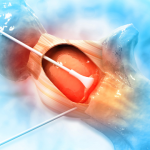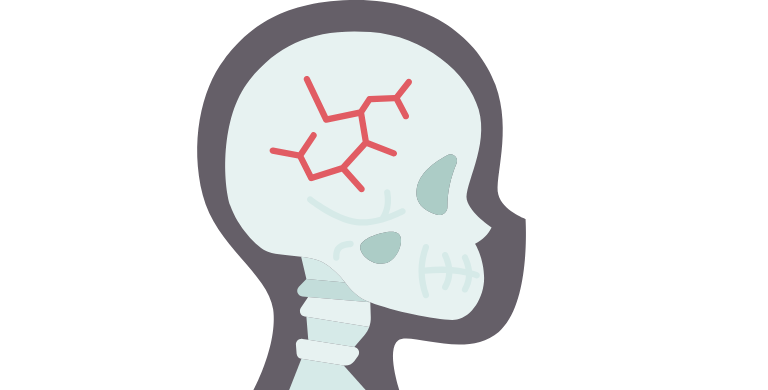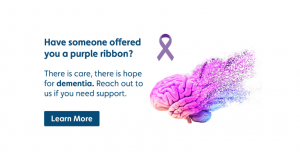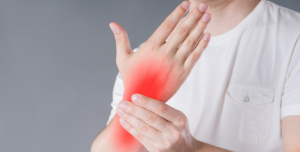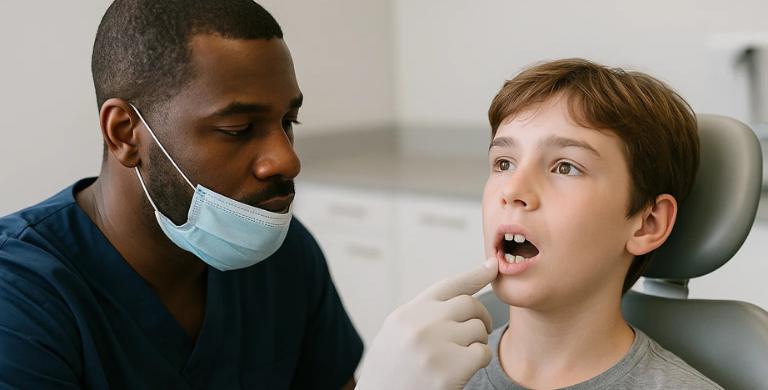Learning everything possible about the specific brain injury and the road ahead is vital for brain injury survivors, their families, and caregivers.
Brain injury has many forms, causes, and levels of severity. Any brain injury that has occurred since birth is known as an acquired brain injury (ABI). There are two types of ABI: traumatic and non-traumatic.
A traumatic brain injury (TBI) is an alteration in brain function or other evidence of brain pathology caused by an external force. Traumatic impact injuries can be closed (non-penetrating) or open (penetrating). Examples of a TBI include:
- falls
- assaults
- motor vehicle accidents
- sports injuries
A non-traumatic brain injury (NTBI) causes damage to the brain by internal factors, such as a lack of oxygen, exposure to toxins, pressure from a tumour, etc. Examples of NTBI include:
- stroke
- near-drowning
- aneurysm
- tumour
- an infectious disease that affects the brain (i.e., meningitis)
- lack of oxygen supply to the brain (i.e., heart attack)
As every brain injury is unique, recovery and rehabilitation are often unpredictable. The early recovery stages are usually spent in the hospital, diagnosing the injury, trying different treatments, measuring the severity of the damage, and planning the best route to recovery. This stage may include brain surgery.
Recovery and rehabilitation after a brain injury
An ABI can forever change the way people live their lives. Because the brain controls all the body’s movements, brain damage after an ABI often manifests as loss of motion and strength in one or both sides of the body.
Unlike most other cells in the body, brain cells do not regenerate when destroyed. However, this does not mean that no recovery can occur. The brain is somewhat flexible and can reorganise itself, to an extent, to regain lost function. It is known as brain ‘plasticity’ or neuroplasticity. During recovery, the brain will start to repair neural connections, establish new nerve pathways, and reassign functions to undamaged brain cells. Therapy is strongly encouraged during the early stages of recovery because neuroplasticity is activated through intensive repetition of therapeutic activities and exercises. Engaging in activity helps to develop new pathways and aims to help the brain learn alternative ways of working to minimise the long-term impact of the injury.
Doctors know that quality of life after an injury is just as important as surviving the brain injury. Patients can regain muscle control sooner if they keep their muscles stimulated correctly. Even after returning home, it is crucial to continue practicing skills learned during therapy.
Rehabilitation is key to recovery and the most critical factor in determining a patient’s long-term outcome. It helps patients adapt to any physical problems that may have developed because of the injury and regain as much independence and confidence as possible. Patients may need to learn new ways for everyday activities to help them overcome changes to their bodies after the injury.
Rehabilitation also helps the survivor and the family to cope successfully with any remaining disabilities. The family plays a vital role in actively participating in the survivor’s rehabilitation. However, a brain injury can be a challenge for the whole family. If a patient loses their independence, it could mean that their family will have to cope with changes in their lives too.
Intercare Physical Rehabilitation hospitals offer a comprehensive and cost-effective inpatient programme for patients who have suffered an acute event because of an illness, injury, or disease. A multi-disciplinary team of nurses, specialists, and therapists work together to restore function after a brain injury.
Intercare sub-acute rehabilitation hospitals have:
- Gymnasiums
- Therapy rooms
- Home-simulation environments
- Specialised equipment and assisted devices
References and Sources
Fostering recovery and restoring health
The four physical rehabilitation hospitals feature 36 to 52 beds, ensuring personalised attention and an intimate healing environment. Here, patients work towards regaining their strength, mobility, and independence under our multidisciplinary team of experienced professionals, including general medical practitioners, case managers, physiatrists, nurses, physiotherapists, occupational therapists, speech therapists, psychologists, dieticians and social workers. They all work together to create comprehensive, customised treatment plans.
Recover in an environment that offers best-practice care, facilities and comfort.



